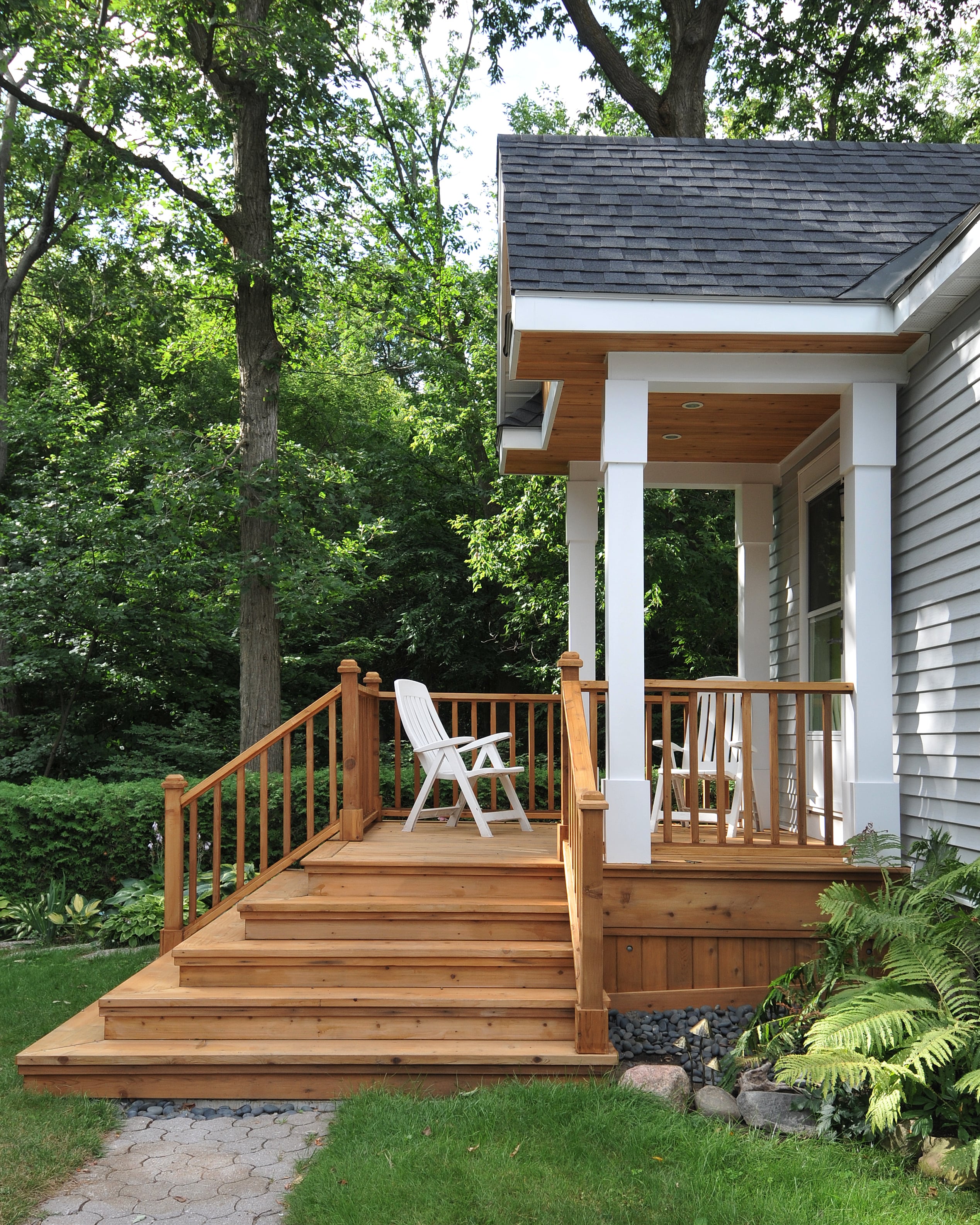If the long-overdue change in weather has got you itching to get out in the backyard, you’re not alone. Finally, we can start thinking about relaxing with a pint on that perfect deck while firing up the barbecue. If you’re one of the many still needing to build that perfect deck and wondering what type of deck should you build, or yours needs a little TLC, here are some things to keep in mind as you plan your build.
What material to use?
While there are many options available to choose from, these three are the most popular:
Pressure treated: By far, the most common choice. It’s the most cost-effective option, readily available and easy to work with. But even though it’s chemically treated to resist rot, fungus and wood-boring bugs, it is susceptible to warping, cracking and splitting.
Plus, it must be maintained and sealed regularly so that it will last. And it’ll need to dry out before it’s painted as the chemicals in the wood will bleed through if the paint is applied too soon. Drying out could take a few weeks or a few months. (You’ll know it’s ready to paint when water sprinkled on the wood soaks in.)
TIP: Consider doing the frame of your deck in pressure-treated wood for cost-savings, then cladding the rest in cedar or composite for a nicer final look.

Cedar: There’s an appeal to having the classic look of a cedar deck. Cedar is a great outdoor material that is naturally resistant to rot but, like pressure-treated, it needs a lot of maintenance. Plus it’s much more expensive than pressure treated.
Cedar requires an annual power washing and either a clear finish or a stain. If left unfinished, it will weather to a silvery grey.
Composite: If low maintenance is your goal, composite decking is worth a look. It’s often a mix of plastic and wood fibres and typically has the look of wood without having to stain it. While there were issues with earlier versions of composite when it came to fading and mildew growth, newer choices hold up well and merely need an annual spraying with a hose to clean. On the downside, it’s not cheap, some find it looks artificial and it can be less resistance to slips. The most common product we use is Trex.
How should I build it?
What’s the difference between floating and fixed? A fixed deck is, well, fixed – physically attached to a structure, which is usually your house. A floating deck supports itself without the help of an adjacent building, even though it may be so close to it that it looks like they’re attached.
There is more flexibility in where a floating deck can be positioned and not attaching it to the house means you don’t have to worry about your home’s waterproofing being compromised, but a fixed deck is ultimately more stable. The main thing is there should not be a combination of the two types used.
A few other considerations when building are to ensure proper air circulation and discourage critters from building a home underneath. A lattice skirt around the deck can effectively manage both issues and adds a finished look to the deck. Lattice comes in different materials such as pressure treated, cedar and PVC, so it can be incorporated no matter the material used.

Importance of railings
Safety is a key consideration, which means railings need to be done right. In Ottawa, if your deck is more than 24 inches high, you need a railing. There are many types you can get, ranging from simple wood railings and balusters to aluminum or glass panels. The choice often comes down to balancing time and money. Wood railings cost less, but require more effort to maintain, while glass panels look great and maximize the view but cost more.
What about the barbecue?
Where you want to position your barbecue is important when considering your deck design. Your grill needs to be far enough away from the house, deck rails and plants that there’s no danger they could catch on fire or melt siding – barbecues radiate a lot of heat.
If you’re hooking up to a gas line, make sure when it’s being installed that the line will reach your barbecue.
And before you fire it up for the season, make sure you check the burners and parts. This is a great spot for spiders or others critters to make houses, and you want to make sure those are cleared out before sparking up.
Our most important safety tip though for those hot building days? Build first, then enjoy the beer. It’ll taste that much better after a hard day’s work.
Need help turning your outdoor space into an oasis? Contact us today!